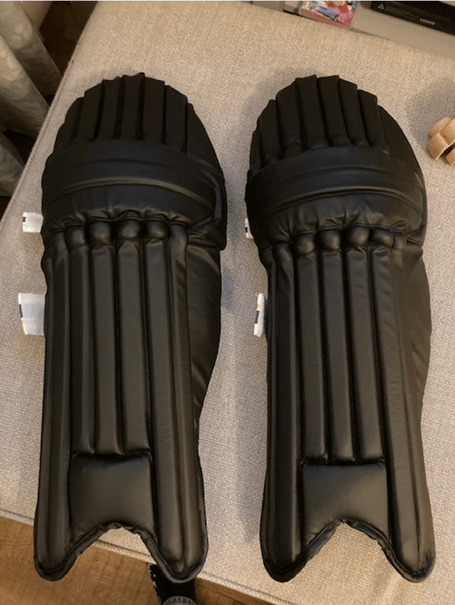A groundbreaking collaboration between the University for the Creative Arts (UCA) in Farnham and global sports giant Decathlon is aiming to transform the future of cricket equipment.
Together, they are developing the world’s first mass-produced cricket gear designed using circular economy principles.
The Circular Cricket Gear Partnership (CCGP) will initially focus on cricket gloves and leg guards, two high-turnover items in need of sustainable innovation.
UCA’s internationally respected Centre for Sustainable Design (CfSD), based at the Farnham campus, will lead the research and design, applying circularity from the earliest stages of development.
“This collaboration with Decathlon marks a pivotal step toward embedding circularity into sports equipment,” said Professor Martin Charter, director of CfSD at UCA.
“India is the heartland of cricket, and innovating here means creating a scalable model for the rest of the world.
“It’s not just about better gear, it’s about creating gear with a better environmental footprint and creating a real impact in cricket.”
The project aims to deliver market-ready prototypes by early 2026, with equipment that is durable, repairable, and designed for disassembly and recycling.
Circular design also opens the door to new business models such as refurbishment and buy-back schemes, reducing cost barriers for aspiring players.
“Through this partnership, we hope to bring evolution to the manufacturing and distribution of equipment, making the sport more sustainable,” said Rob Davies, sport director for cricket at Decathlon.
This shift to circular design marks a move away from the traditional 'make-use-dispose' model, aiming instead to keep products in play longer—reducing waste, lowering costs, and shaping a more sustainable future for cricket.
Decathlon is a a global sports brand with over 1,700 stores in more than 70 countries.
Its cricket division, based in Bengaluru since 2011, designs and produces gear trusted by players across India and internationally, increasingly focusing on sustainable innovation.





Comments
This article has no comments yet. Be the first to leave a comment.